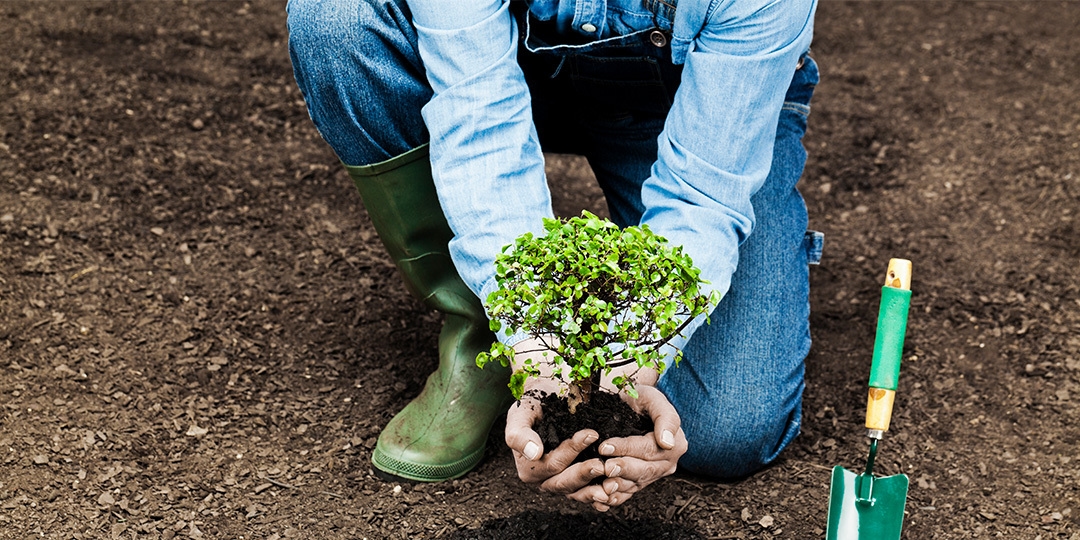Are you a dedicated DIYer looking to add a new sapling to your landscape? We’ve got the guide you need for getting your new tree in the ground and helping it thrive. Here's some useful information that can help you successfully plant a new tree your home can enjoy for years to come.
There is some debate about when the best time to plant trees is. The two most common times for tree planting are spring and fall when the weather is between extremes in most parts of the country. The time of year you plant your tree may depend on the severity of your summers and winters and the species of tree you want to grow.
Fall planting is likely your best bet if your climate experiences scorching summers or particularly wet springs. If you live somewhere where the ground never freezes or freezes very late in the year, you may even be able to plant in the winter. You always want a tree in the dirt for six weeks before a freeze hits, so plan according to your local climate.
Leafy trees (or deciduous trees) with shallow, fibrous root systems are the best candidates for fall planting. Trees such as maples, cottonwoods, and birches—as well as palms, which are not technically trees—do best when planted in the fall.
Spring growth can strain new trees, so only choose spring planting if your area experiences harsh winters and early freezes. An early frost in the northern United States can kill off the most diligently planted fall tree. Make sure you wait until well after the last frost to plant so the soil temperature is high enough to sustain your tree.
Evergreens and trees with deeper taproot systems thrive with spring planting. Plant magnolia, oak, walnut, and hickory trees in the spring.
Find your tree’s root crown, the area where the roots meet the trunk before they transition fully into the main stem of your tree. You should always plant this portion of the tree slightly above the ground. If you purchase a tree in a container, you may have to remove some dirt to find the root crown. Dig a hole just deep enough for the root crown to be level with or slightly above the ground. Don’t over-fill the hole or heap soil against the trunk.
You should thoroughly water your tree immediately after planting it and continue watering daily for one to two weeks. Water with a low-pressure stream to thoroughly soak the rootball. Decrease to every other or every third day from week three to week twelve. After 12 weeks, water once a week until your root system establishes fully. Only water if the temperature is above 40 degrees with no snow on the ground.
The best time to stop watering trees is when they’ve fully established their root system. However, you can usually stop watering smaller trees after one or two growing seasons and larger trees after two or three.
We do not recommend fertilizer for newly planted trees, though that may go against your instincts. Backfill your planting hole with the soil you dug out. If you mix it with fertilizer, your tree’s root system may not extend past the nutrient-rich concentration of soil where it was planted.
Wait until trees are properly established in their environment, about a year after planting, before reaching for the fertilizer. You can, however, mulch around your new tree during the first growing season and implement a structured program to care for the health of your soil.
No. Just like you shouldn’t amend the planting soil, you should never mix potting soil into the backfill for your new tree. Your tree will experience the best initial growth in your yard’s natural soil.
Worried about whether your yard is ready for a new tree? Schedule a soil analysis to prep for successful planting and get advice from the pros. At Monster Tree Service, we can advise you through the initial stages of planting and continue providing care for your tree throughout its life. Call to schedule service at (888) 744-0155 or request a free estimate online.

